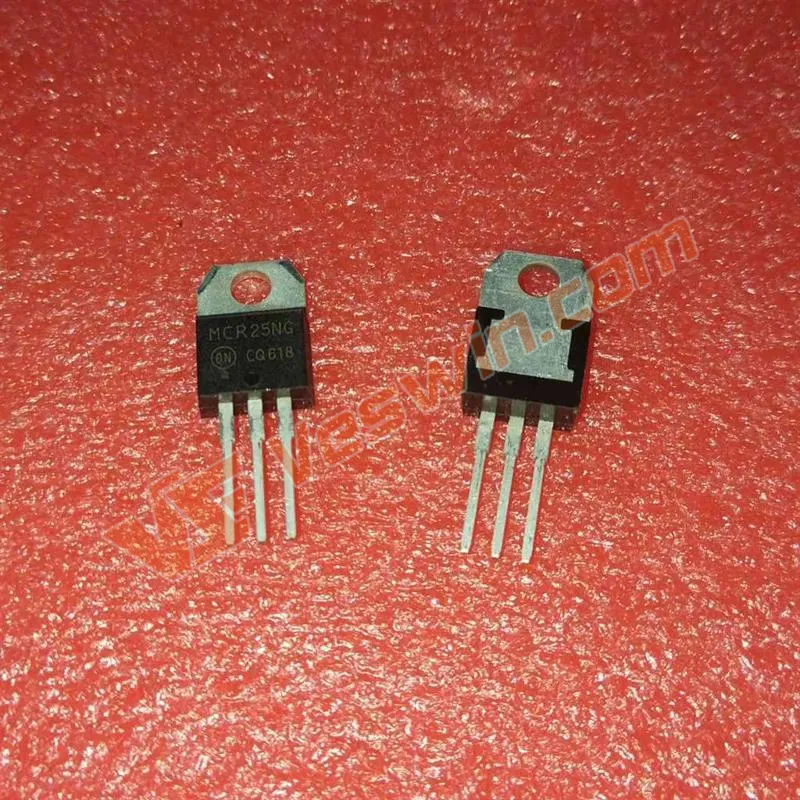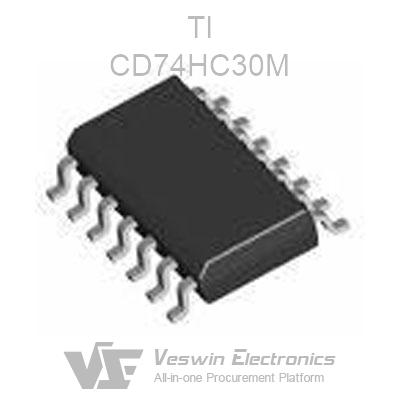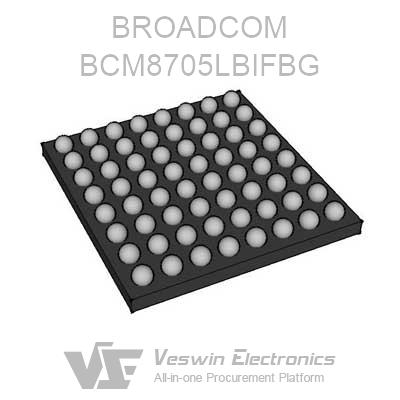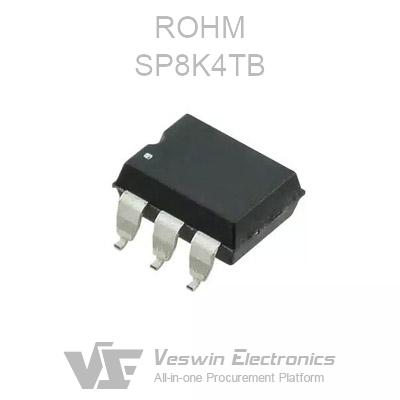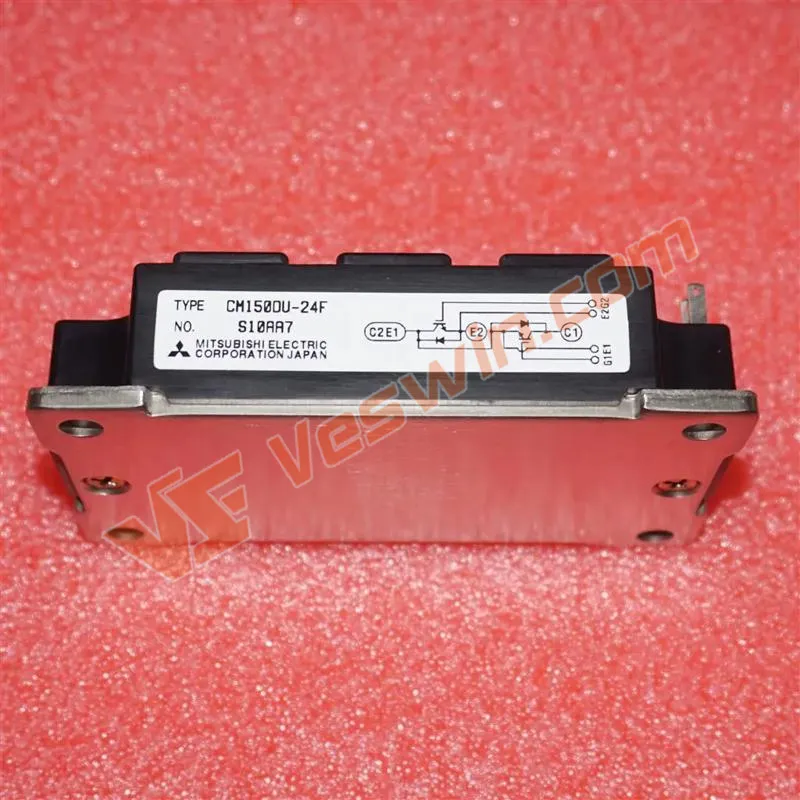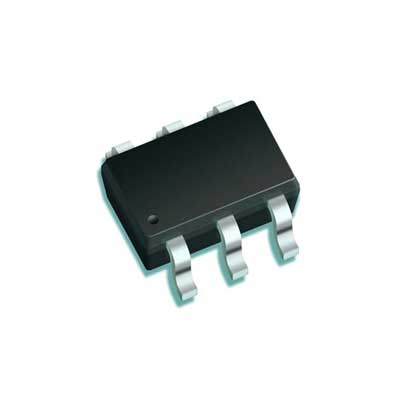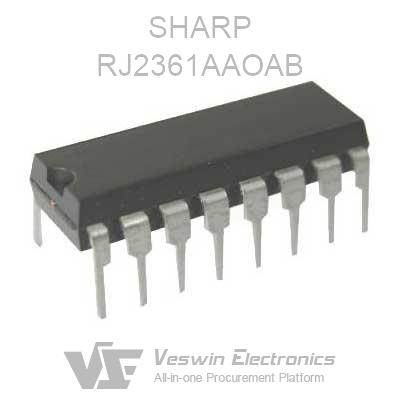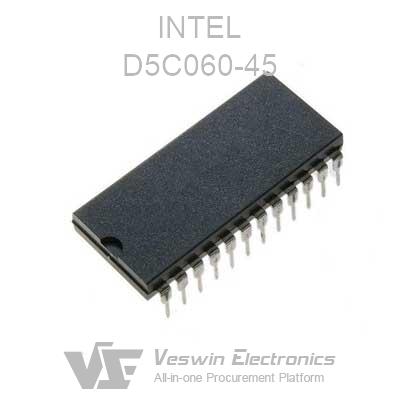Vacuum tube, also known as vacuum tubes or thermionic valves, are electronic devices that were widely used in the early 20th century as a way of controlling and amplifying electronic signals. They consist of a sealed glass or metal tube from which most of the air has been removed, leaving a vacuum inside.
The main components of an Vacuum tube are a heated cathode, one or more control grids, and an anode. When the cathode is heated, it emits a cloud of electrons that are attracted to the anode. By applying a voltage to the control grids, the flow of electrons can be modulated or amplified, allowing the tube to be used as a switch, an amplifier, or a oscillator.
Vacuum tube were once the primary technology for electronic amplification and switching, and were used in a variety of applications, including radios, televisions, and computers. However, they have largely been replaced by transistors and other solid-state electronics, which are smaller, more reliable, and more efficient. Nonetheless, some specialized applications, such as high-power radio frequency amplification, still rely on Vacuum tube.
Transistors are electronic devices that are used to amplify or switch electronic signals. They consist of a semiconductor material, such as silicon or germanium, that has been doped with impurities to create two or three regions of different electrical conductivity.
The three main types of transistors are bipolar junction transistors (BJTs), field-effect transistors (FETs), and insulated gate bipolar transistors (IGBTs). In a BJT, a small current flowing through the base region controls a larger current flowing between the emitter and collector regions.
In an FET, an electric field controls the flow of current through a channel between the source and drain regions. In an IGBT, a MOSFET and a bipolar transistor are combined to create a high-power switching device.
Transistors are much smaller and more efficient than Vacuum tube, and can be manufactured using automated processes. They are used in a wide range of electronic devices, including computers, televisions, mobile phones, and automobiles. Transistors have revolutionized the field of electronics, and are one of the key components of modern technology.
You may like: How Many Transistors in a CPU >>
There are several key differences between Vacuum tube and transistors:
Construction: Vacuum tube are vacuum tubes that have a sealed glass or metal container from which most of the air has been removed, leaving a vacuum inside. They have a heated cathode, one or more control grids, and an anode. In contrast, transistors are semiconductor devices that are made from a thin slice of silicon or germanium material.
Size: Vacuum tube are much larger than transistors, which are very small and can be manufactured using automated processes. This makes transistors ideal for use in portable electronics, such as smartphones and laptops.
Power consumption: Vacuum tube consume more power than transistors. Transistors require very little power to operate and are more efficient, making them well-suited for battery-powered devices.
Reliability: Transistors are more reliable than Vacuum tube. They have a longer lifetime and lower failure rate than Vacuum tube, which can be prone to breakage and wear and tear.
Amplification: Vacuum tube can handle high voltages and high power applications with ease, making them ideal for use in power amplifiers, radio transmitters, and other applications that require high output power. Transistors, on the other hand, have a much lower power output but are much more efficient and can be used in a wide range of electronic devices.
Warm sound: Vacuum tube have a unique "warm" sound that is prized by some audiophiles. Transistors, in contrast, have a more neutral sound.
The Vacuum tube is an early electronic device that works by controlling the flow of electrons to change the characteristics of the element, and its structure consists of external electrodes and electronics inside the vacuum tube. It is used to amplify or change the signal.
The Vacuum tube consists of electrode, hot pole, shield and vacuum tube, where the electrode and hot pole are used to receive and emit electrons, the shield is used to prevent external interference, and the vacuum tube is used as a vacuum chamber to keep the Vacuum tube in a constant state.
It has small power loss, low frequency noise, high withstand voltage, good stability, high reliability, can provide large output current, and can be used in high frequency circuits.
A transistor is a smaller electronic device than a tube with three interfaces used to control the strength and direction of a signal for amplifying or changing the signal. It consists of three poles: emitter, base and collector, and it works by changing the base current to control the voltage between the emitter and collector. Its advantages are its high input impedance, high reliability, low power dissipation, small size, and good thermal stability, while its disadvantages are low output voltage, low withstand voltage, poor stability, and unusable in high frequency circuits.
Vacuum tube can be divided into three types: semiconductor tubes, thermoelectric tubes and phototubes.
Semiconductor tubes are made of semiconductor materials and are used to amplify the input signal: thermoelectric tubes are composed of hot poles, electrodes and shielding, which can control the direction and intensity of the signal, and photoelectric tubes are composed of hot poles, electrodes and lamps, which can control the direction and intensity of the light signal.
There are three main categories of transistors: NPN transistors, PNP transistors and bipolar transistors.
NPN transistor consists of N-type semiconductor and P-type semiconductor, its output current and input current direction is opposite; PNP transistor consists of P-type semiconductor and N-type semiconductor, its output current and input current direction is the same; bipolar transistor consists of N-type semiconductor and P-type semiconductor, its output current and input current direction is the same
The advantages of Vacuum tube are its small power loss, low frequency noise, high withstand voltage, good stability, high reliability, can provide a large output current, and can be used in high frequency circuits.
Vacuum tube has high loading capacity, better linearity than transistor, high working frequency, high frequency and high power field working characteristics are better than transistor, in high power radio transmitting equipment, high frequency personal heating equipment continue to play an irreplaceable role.
Vacuum tube has a very high stability and reliability, can provide more stable output signal. Vacuum tube have a very fast response time can quickly change the output signal, which makes them suitable for circuit tuning. In addition, tubes can be used to simulate digital circuits, and they can also be used to connect multiple electronic devices.
The disadvantage of Vacuum tube is their low input impedance, low reliability, and poor thermal stability. The advantage of transistors is their high input impedance, high reliability, low power dissipation, small size, and good thermal stability, while the disadvantage is their low output voltage, low withstand voltage, poor stability, and unusable in high frequency circuits.
Vacuum tube are large, power consumption, heat, short life power utilization efficiency is low, fragile structure and the need for high-voltage power supply, most of its uses have been replaced by solid-state devices transistors.
The question of whether Vacuum tube or transistors are better depends on the specific application and requirements of the electronic system in question.
Vacuum tube have some advantages over transistors in certain situations. For example, they can handle high voltage and high power applications with ease, making them well-suited for use in power amplifiers, radio transmitters, and other applications that require high output power. They also have a unique "warm" sound that is prized by some audiophiles.
On the other hand, transistors have many advantages over Vacuum tube in most other applications. They are much smaller, lighter, and more efficient, making them ideal for use in portable electronics, such as smartphones and laptops. They are also more reliable, with longer lifetimes and lower failure rates than Vacuum tube. Furthermore, they can be manufactured using automated processes, which makes them more cost-effective than Vacuum tube.
In general, for most electronic applications, transistors are the better choice due to their smaller size, lower power consumption, and higher reliability. However, in high-power or high-voltage applications, Vacuum tube may still have an advantage due to their ability to handle these extreme conditions. Ultimately, the choice between Vacuum tube and transistors depends on the specific requirements of the electronic system being designed.
Hot News
